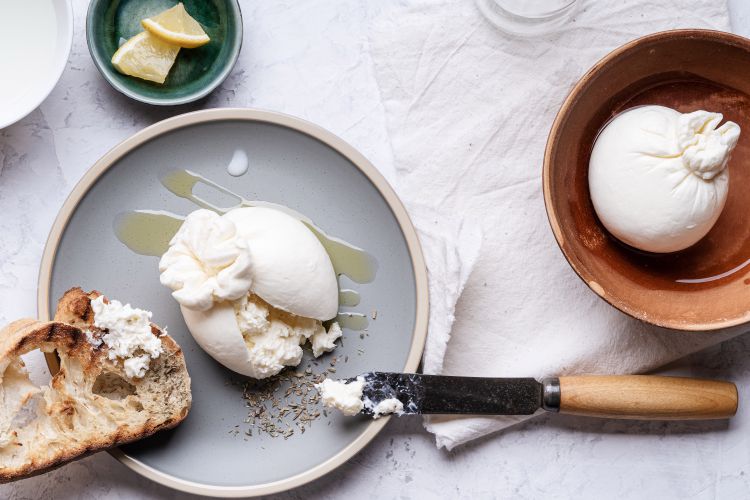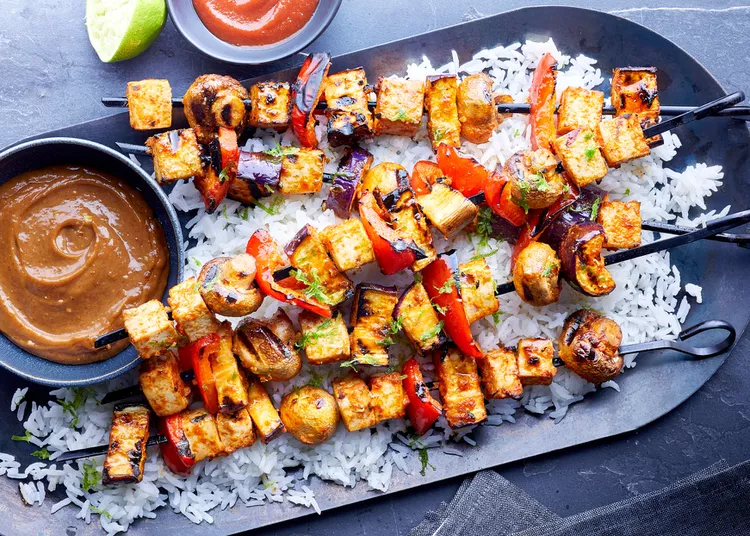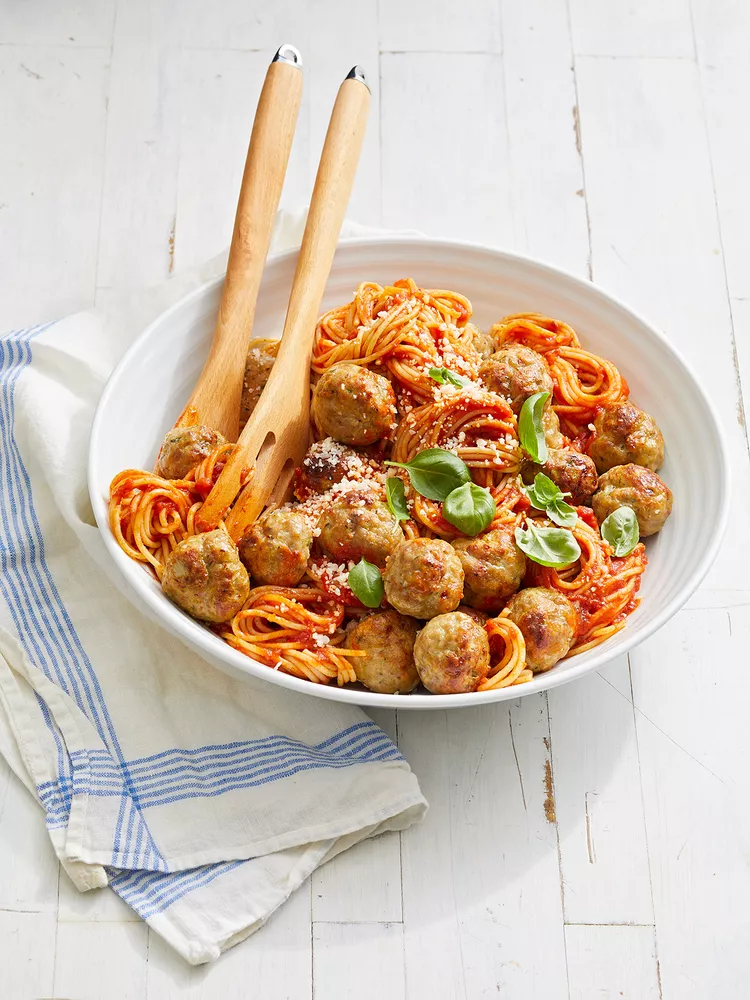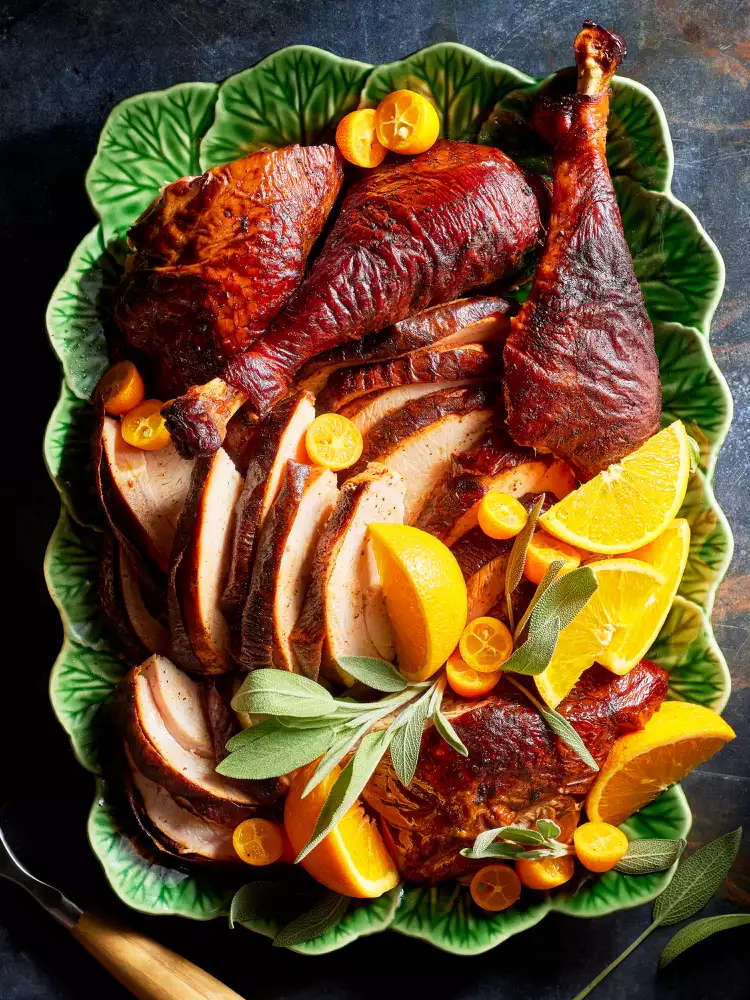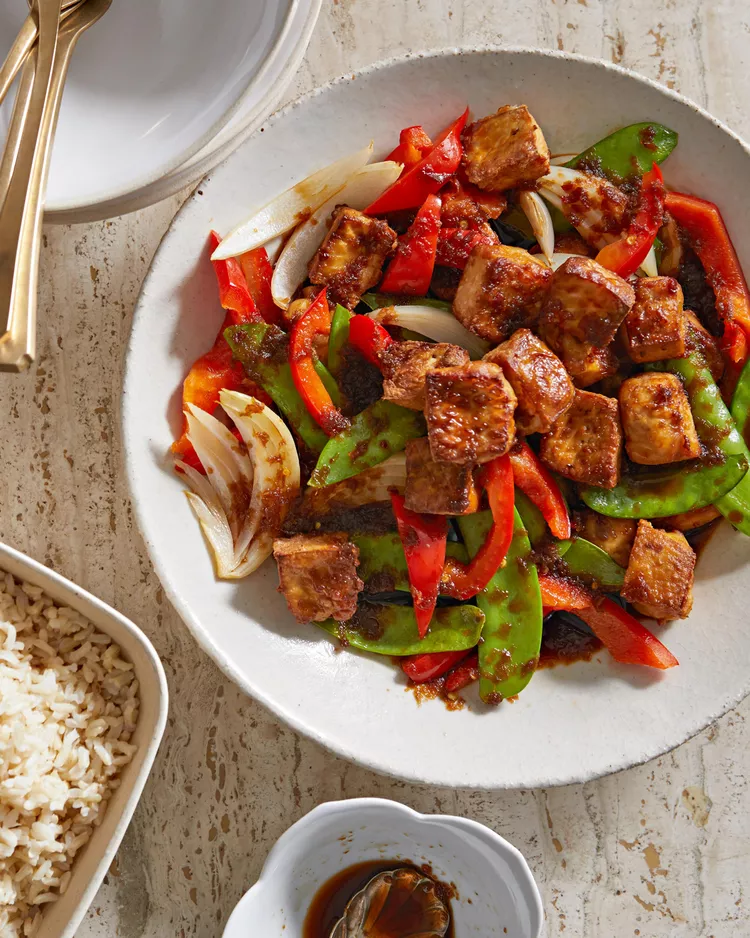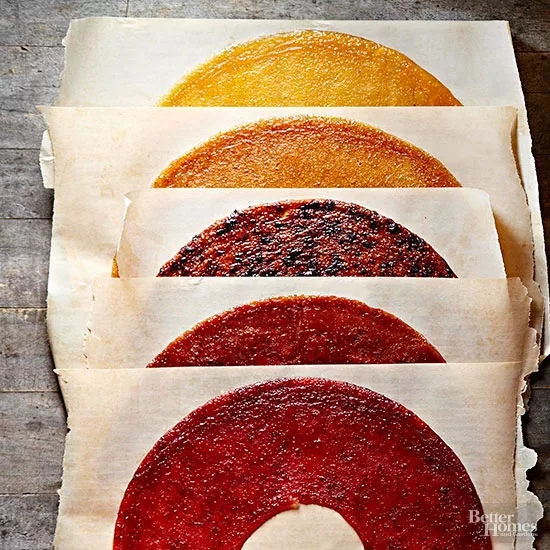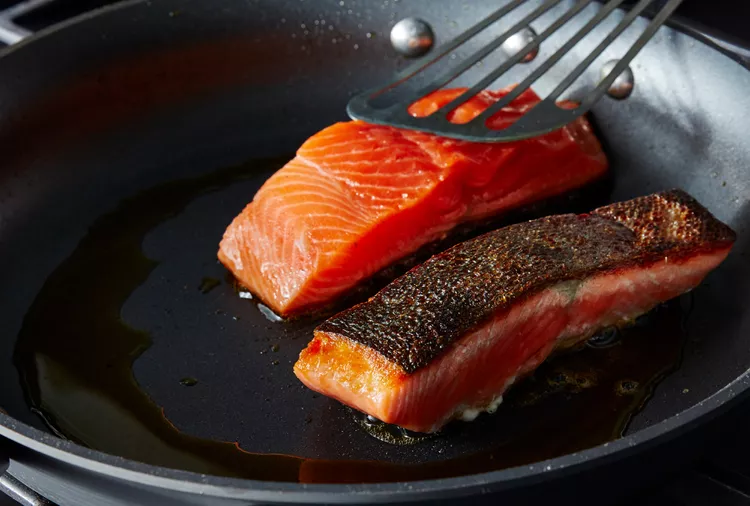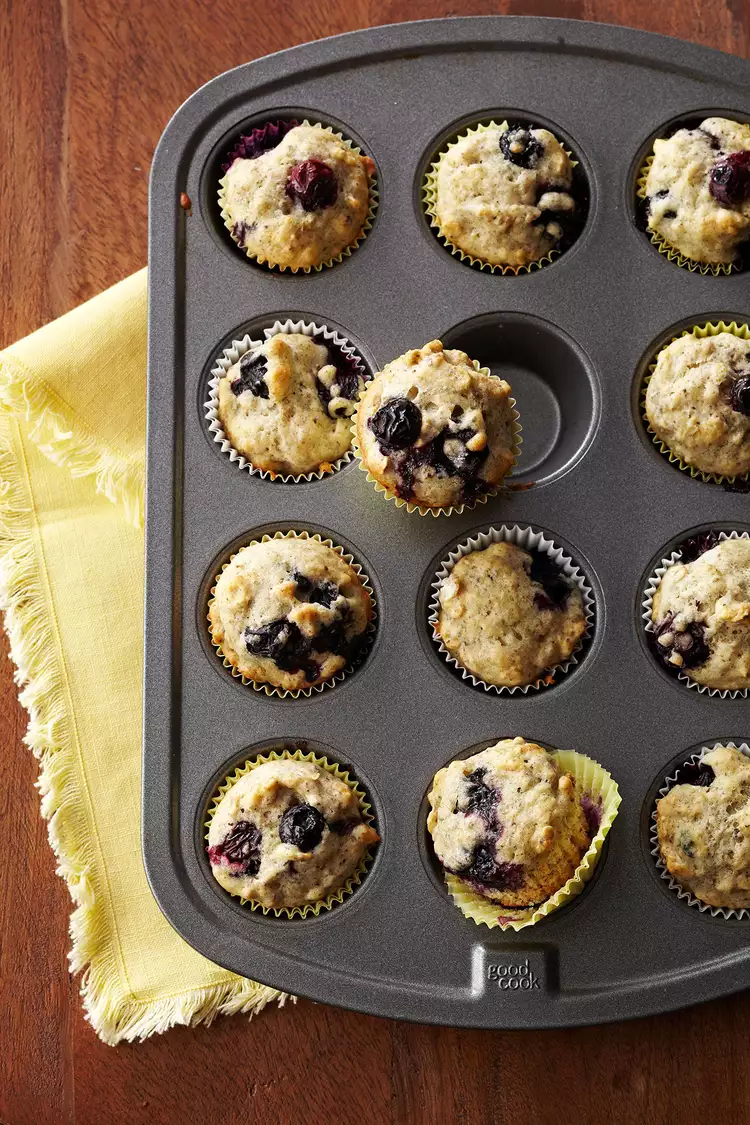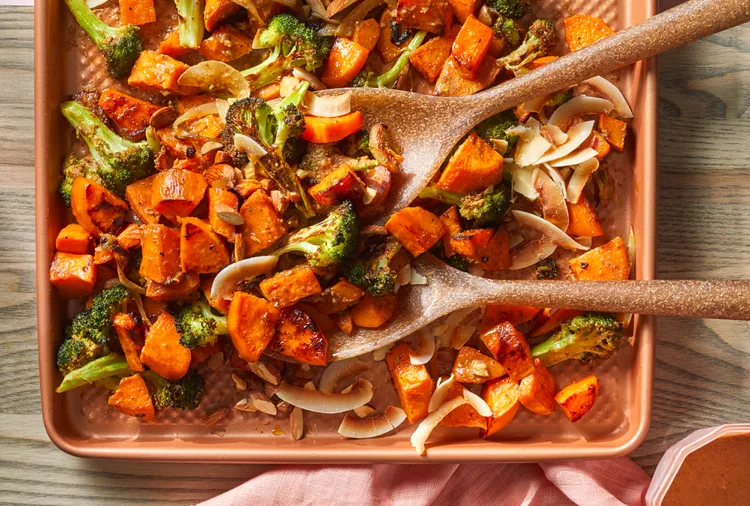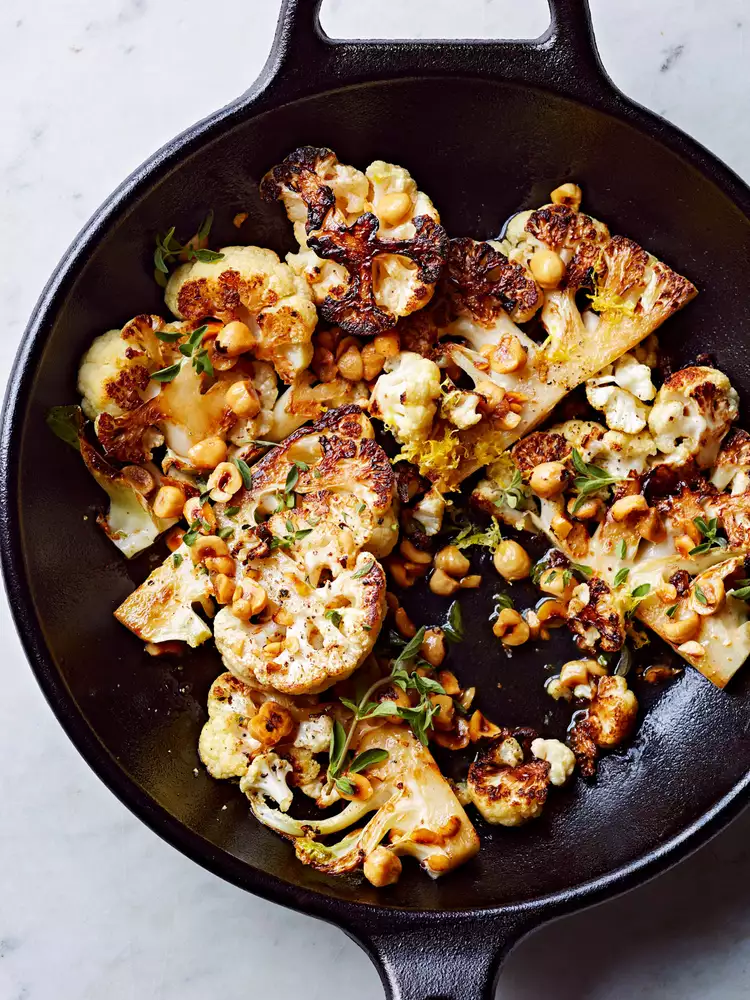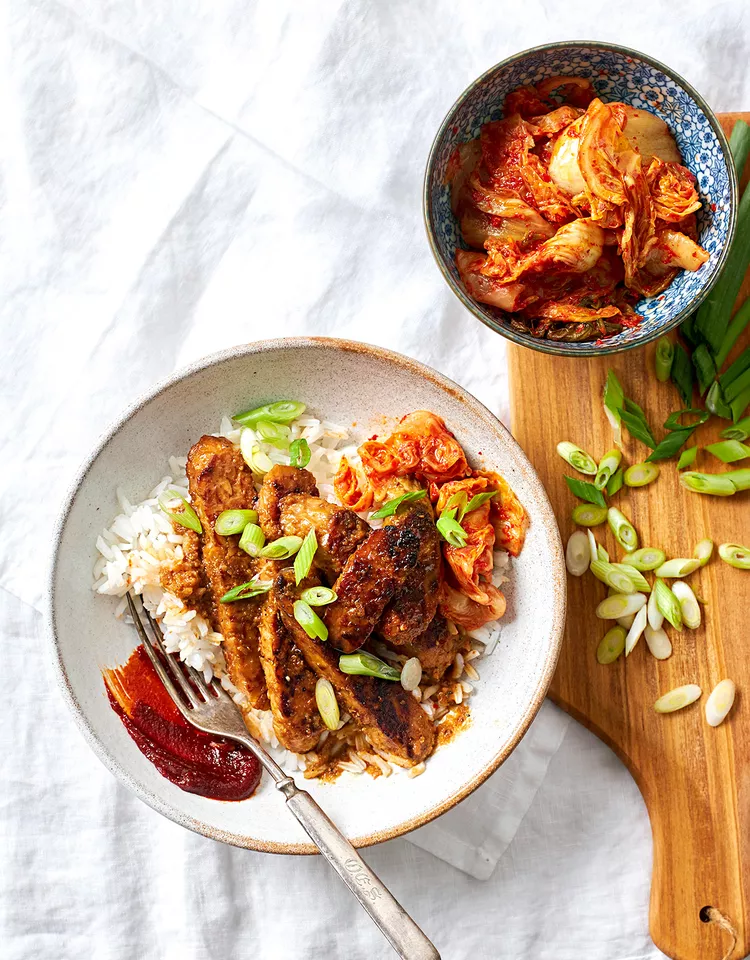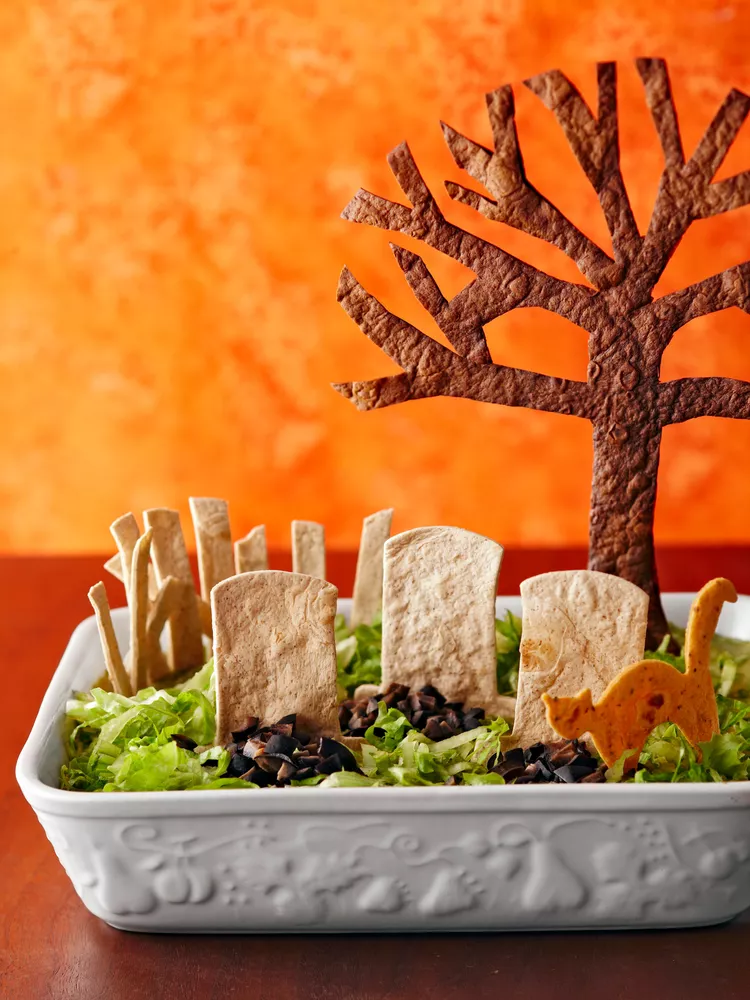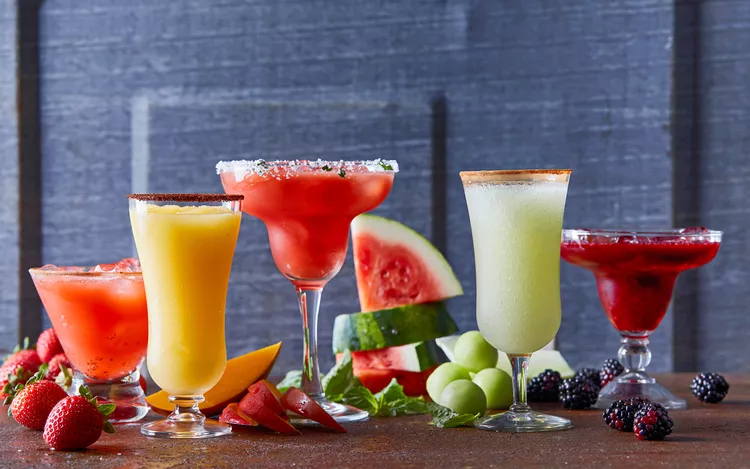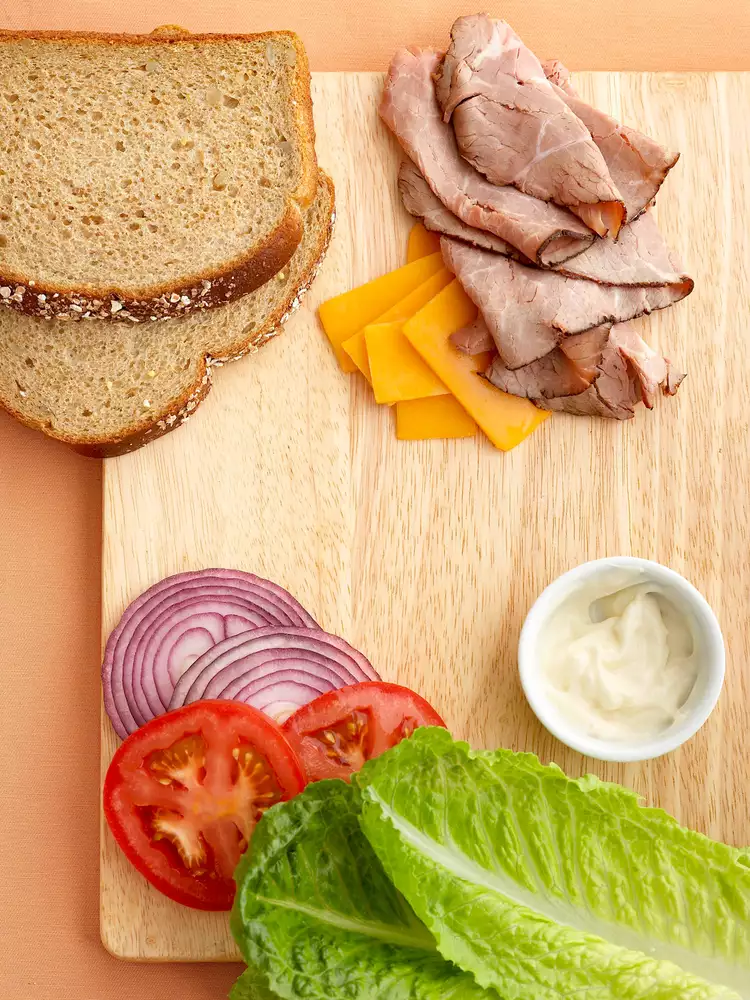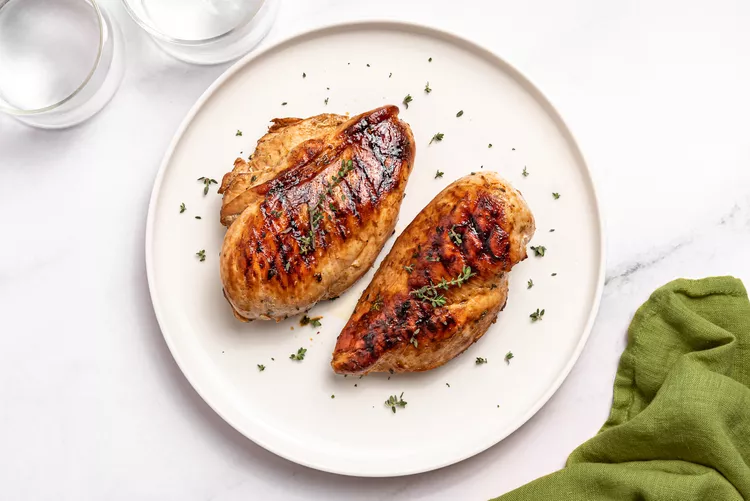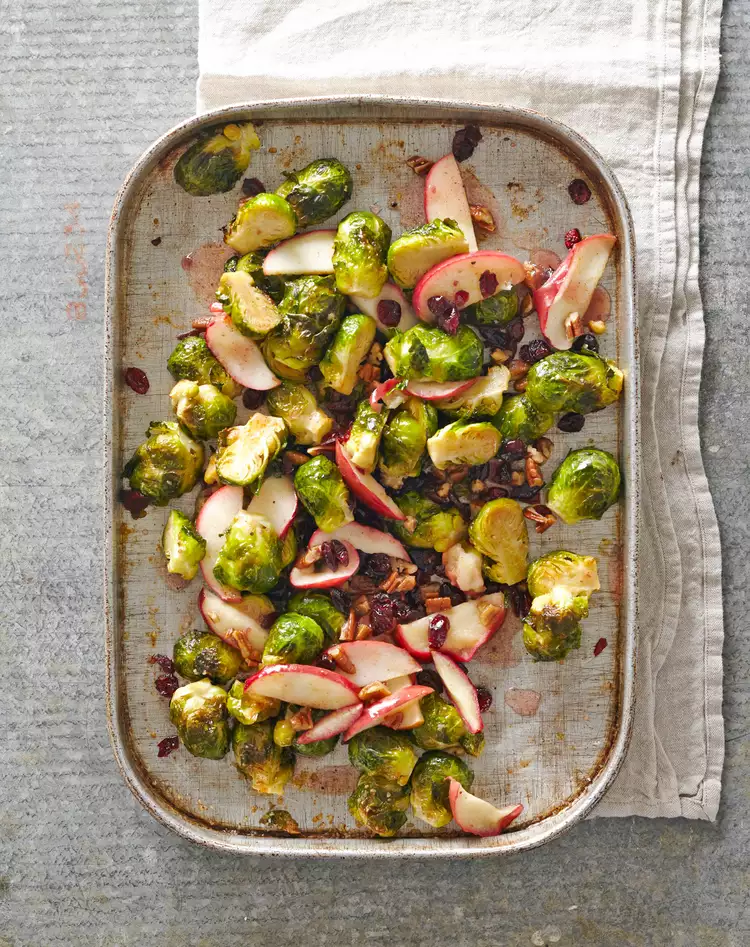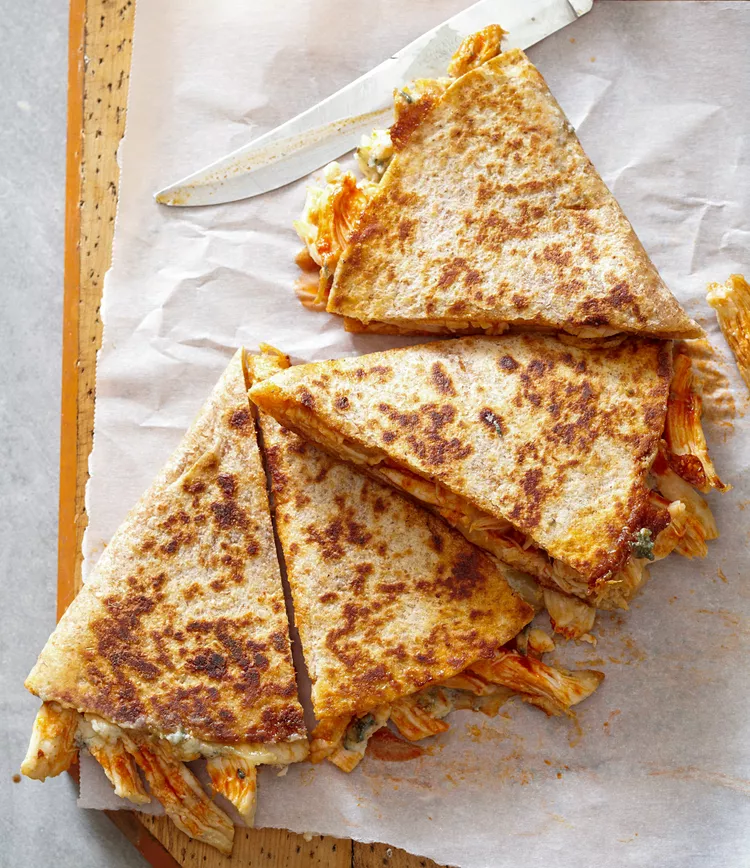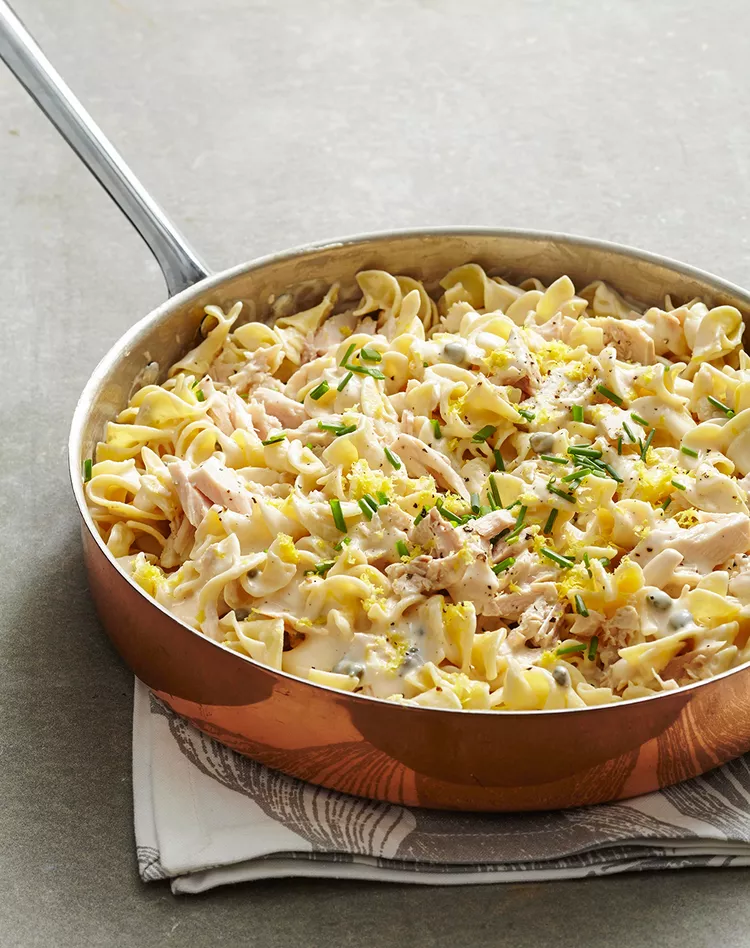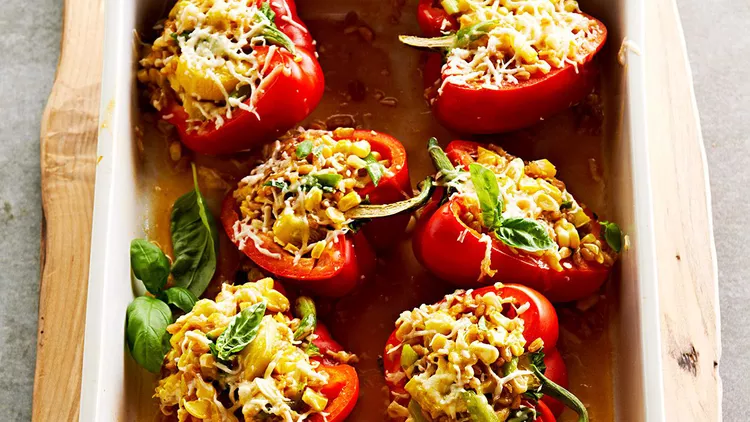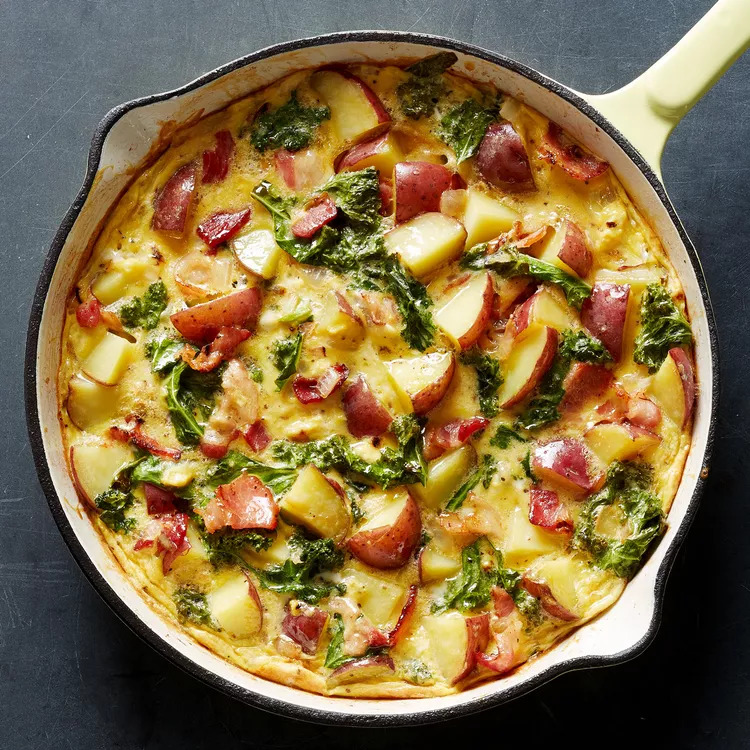One of the biggest cheese trends in the past decade—besides cheese and charcuterie boards every which way—is burrata. It’s a staple on many Italian restaurant menus, and can now be found in the dairy case at most major supermarkets.
But what is burrata, and what makes this creamy white cheese stand out from its fromage friends? We tapped some of the world’s most well-versed mongers to dish.
- Rachel Holding, marketing executive with the Academy Of Cheese in London, England
- Jessica Sennett, the Brooklyn, New York-based founder of Cheese Grotto
- Lisa Zografos, the Toronto, Canada-based principal category merchant for specialty cheese with Whole Foods Market
What Is Burrata?
Named after the Italian word for butter (“burro”) because of its rich, creamy texture and flavor, burrata is one of Italy’s most loved cheeses, Mozzarella di Bufala, “taken to another level,” says Rachel Holding, marketing executive with the Academy Of Cheese in London, England. “It’s a soft, fresh cheese. When sliced, the creamy interior should flow out.”
On the outside, burrata is a bright white and smooth ball that's soft, yields to the touch, and emits a clean smell. On the inside, it delivers buttery flavors, reminiscent of a savory ice cream, Holding adds.
How Is Burrata Made?
Burrata cheese was originally dreamed up as a savvy way to reduce food waste, and “salvage the byproducts in making mozzarella cheese,” says Jessica Sennett, the Brooklyn, New York-based founder of Cheese Grotto.
The process for how to make burrata cheese often actually starts with making mozzarella. Heat cow or buffalo milk, then stir in citric acid and an enzyme called rennet. Those two additions create an environment with an ideal pH to separate the curds and the whey. Next, warm the curds in boiling water until soft and malleable. At this point, stretch the curds into balls and allow them to cool in whey or salted water; that’s mozzarella.
With the extra strands of curds leftover, you can opt to create burrata if you like. Tear these remnants into fine strands and mix that with cream. Now you have stracciatella, which is the filling for a burrata bundle.
Burrata is essentially a large dumpling, Sennett says:
- Stretch regular mozzarella curd into a flat circle.
- Fill the center with stracciatella (fresh cream mixed with freshly stretched mozzarella curd that’s been shredded).
- Gather the edges of the flat circle of stretched mozzarella at the top to create a ball, and seal the burrata in a knot.
Burrata vs. Mozzarella vs. Ricotta
As you can see, burrata and mozzarella are made from the same elements, and they’re both classified as both “pasta filata,” or stretched curd cheeses. The two are similar in flavor, Sennett says, but they’re not the same as each other—or as ricotta, which you might find next to both of these items in the cheese case.
Here’s a brief breakdown of these common cheese aisle choices:
- Fresh mozzarella is a high moisture cheese that’s made with the curds from cow or buffalo milk. You can find it most often in fist-sized balls, but it’s also available in various other shapes, such as bocconcini (bite-sized balls), ciliegine (smaller, cherry-sized balls), ovolline (egg-sized pieces), and treccia (braids), according to Lisa Zografos, the Toronto, Canada-based principal category merchant for specialty cheese with Whole Foods Market.
- Burrata is made with the same curds from cow or buffalo milk. Compared to mozzarella, burrata is more delicate in its structure due to its oozing center of cream and stracciatella. It’s also naturally more rich and creamy than mozzarella, Sennett says.
- Ricotta, which means “recooked” in Italian, is made with whey; the liquid that’s separated from the curd during the cheesemaking process, Holding adds. The leftover whey is fermented and recooked, “which creates a delicate, loose, cloud-like curd,” Sennett explains.
How to Store Burrata
Burrata is best enjoyed “as young as possible,” Holding advises.
Store burrata in the tub you purchased it in, with the cheese submerged in the brine. (This brine, by the way, is a mix of salt and water that’s tailored to preserve the pH level of the cheese for as long as possible, Sennett says.) Aim to enjoy it within 5 to 7 days of purchasing (and before the “use by” date).
After you cut into the cheese, don’t store it in the brine. Instead, wrap it tightly in plastic wrap to seal in the moisture, and store it in a clean airtight container to prevent the creamy filling from leaking out. Plan to polish off burrata that you’ve sliced into within 1 to 2 days, “as it will continue to lose moisture and flavor no matter how well you wrap it,” Sennett confirms.
The Best Burrata Recipes That Showcase the Creamy Cheese
As for the best ways to enjoy that creamy, dreamy burrata, our Test Kitchen and the cheese experts we spoke to recommend:
- Burrata pizza: Juicy Roma tomatoes, a dash of balsamic, crushed red pepper flakes (for kick), all atop a chewy crust act a beautiful base for a bundle of burrata. After cooking, place the cheese in the center of the hot pizza, and use two forks to pull the burrata apart so it oozes beautifully onto each slice. Burrata also works well on pizzas with toppings like broccoli rabe and sun-dried tomatoes, Sennett says.
- Burrata boards: Take a break from your standard cheese boards with a mix of cheeses. Burrata is rich and crowd-pleasing enough to take center stage on its own. Score seasonal inspiration about what to serve alongside in our burrata board round-up.
- Burrata bowls: For an ultra-easy appetizer, Zografos and Holding both suggest assembling a no-cook burrata bowl. Start with a ball of burrata, drizzle with extra virgin olive oil and aged balsamic vinegar, and flaky sea salt. Serve with plenty of crusty bread to spread with scoops of all of the above.
- Burrata Caprese salads: The rich texture and flavor of burrata plays nicely with fresh summer fruit, Sennett says. Try pairing burrata with fresh peach or nectarine slices, heirloom tomato slices, or pitted cherries. Top with some torn fresh basil, balsamic glaze, extra virgin olive oil, flaky sea salt, and freshly cracked pepper, Sennett recommends, and dive in.
After you finish the cheese, don’t dump that brine. Instead, shake it into a Burrata Water Cocktail!
The Best Burrata Substitutes
“There is really no substitute for burrata,” Zografos admits, but your best bet if you can’t find burrata is to opt for fresh mozzarella, stracciatella, or ricotta mixed with a splash of cream and a pinch of salt “to create a similar decadent filling,” Sennett suggests.
